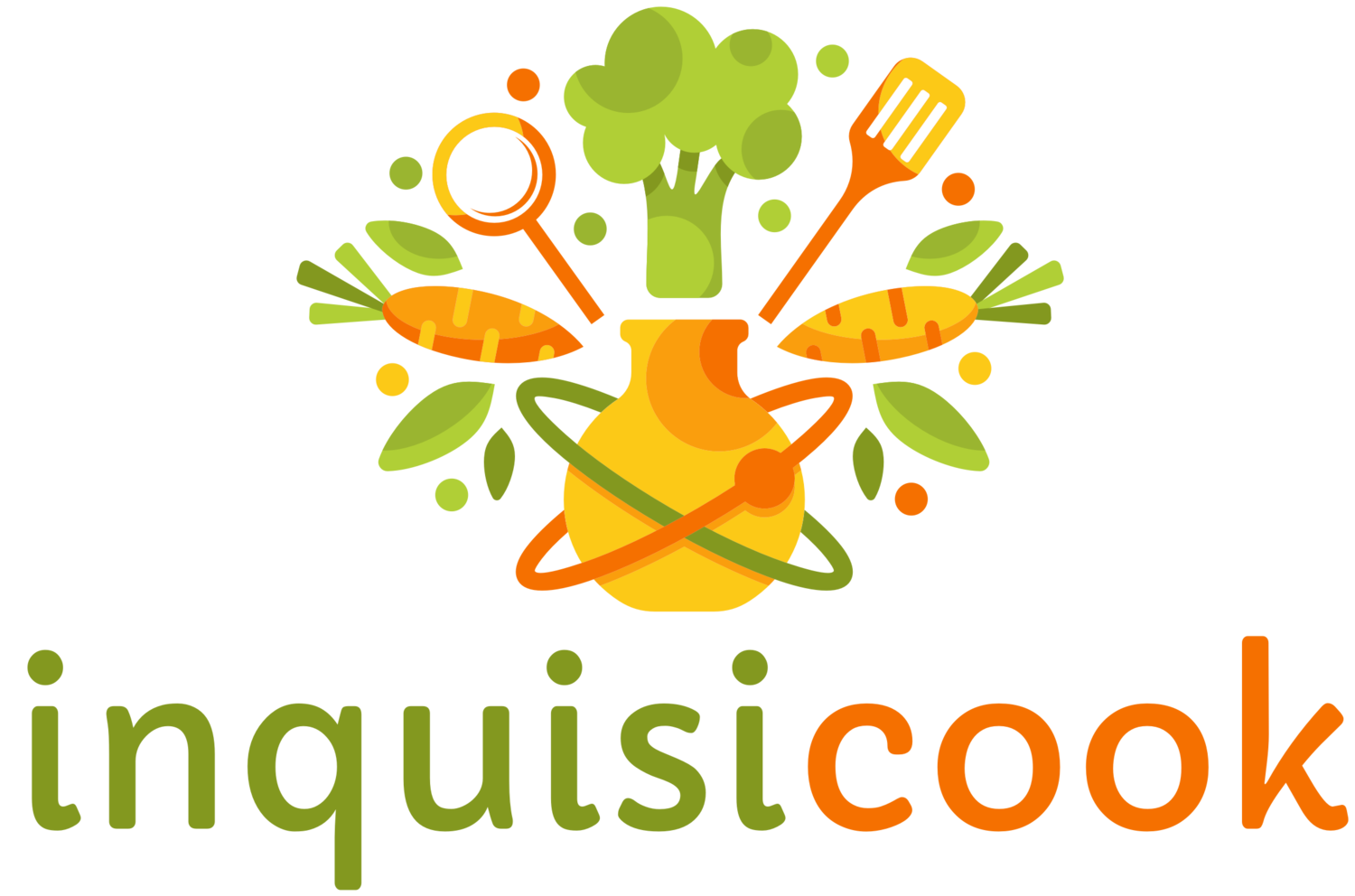Culinary Science: Gateway to a Lifetime of Inquiry and Scientific Thought
Examining the structure of onion cells.
After a move several years back, I was excited to set up a new playroom for my grandchildren. We had relocated to a forest setting, so I decided to go with a woodland creatures theme. This was before the trend caught on a few years ago, and the options for décor and toys that fit in were surprisingly slim. I was disappointed that there was so much merchandise featuring zebras and giraffes, and so little with animals they might actually see. You know, like maybe a squirrel or a deer. I understand the appeal of the exotic, but to me it makes sense for a child’s first focus to be on his immediate surroundings--things he can investigate firsthand.
I feel the same way about science. Children eat every day, and there’s often interaction about the experience. They gladly munch on raw carrots but negotiate minimum bites when they’re steamed. The chili is too spicy and the hot cocoa could use more marshmallows. They are tempted by the aroma of biscuits in the oven and put off by the smell of roasting brussels sprouts.
Interest in food is innate and it lasts a lifetime. Why not leverage that to introduce students to the science that’s right under their noses? Literally. I’m not talking about frivolous activities that are long on whiz-bang appeal and short on useful learning. (Edible slime, anyone?) I mean solid stuff that gets their mental gears going. It’s true that young children don’t have the reasoning ability to dive in too deep, but they can begin wading in the water. Every time I see a child combine vinegar and baking soda inside a clay volcano I wonder if he knows that a similar reaction takes place when you mix baking soda and buttermilk. That if there’s flour and sugar in the mix those frothy little bubbles can get trapped in the batter, and hey--why not investigate further by making some muffins? No offense to geophysics, but it seems like a more relevant lesson for a third grader.
By the time they get to the middle school years, students have the intellectual stamina to grapple with abstract concepts and the motor skills to wield a knife and whisk a sauce without much hand holding. For Inquisicook, this is the sweet spot. They’re not yet to the age when slots in the class schedule must be reserved for Biology and Chemistry, but they have the maturity to work through the scientific method, test and improve recipes, and wash their own pots and pans. They have an opportunity to immediately apply what they’ve learned and see the results. And they help feed the family to boot.
Best of all, culinary science lays a foundation for the subjects they’ll study later. From the structure of a plant cell and enzymatic oxidation to protein denaturation and coagulation, culinary science provides students with the mental pegs on which to hang the more complex content they’ll encounter in the years to come. I call it a gateway science. Encourage them to explore it now and you’ll set them up for a lifetime of inquiry, scientific thought, and eating well.


